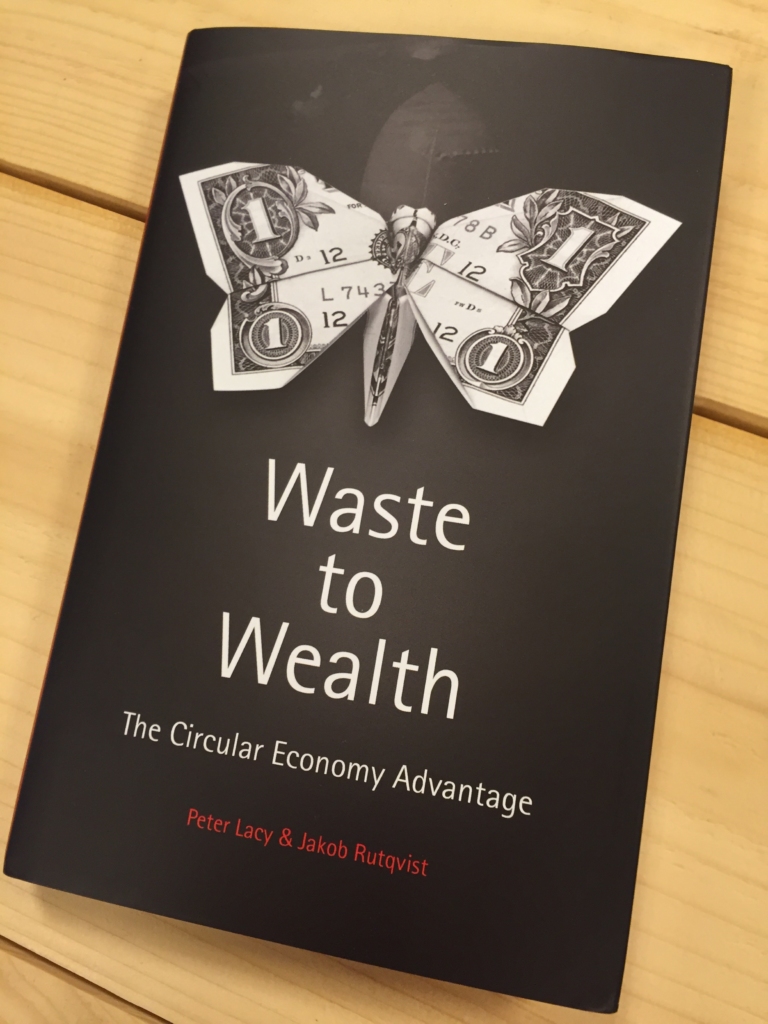“Waste to Wealth” Book Review
“Waste to Wealth: The Circular Economy Advantage” by Peter Lacy and Jakob Rutqvist is a groundbreaking and comprehensive exploration of the circular economy and its transformative potential. The authors delve deep into the economic, environmental, and societal advantages of adopting circular practices. Presenting a compelling case for rethinking our approach to resource management and waste disposal.

Strengths
“Waste to Wealth” is an exceptional exploration of the circular economy that showcases several key strengths. Firstly, the book provides a comprehensive analysis of the economic benefits associated with adopting circular practices. It offers numerous case studies and practical insights that highlight the potential for cost savings, revenue generation, and enhanced competitiveness through the implementation of circular economy strategies. The authors effectively demonstrate how the circular economy presents a compelling business case. Making it a valuable resource for entrepreneurs and business leaders seeking to drive sustainable growth.
Secondly, the book delves into the environmental imperatives of the circular economy, emphasizing the urgent need for change in our resource management and waste disposal practices. Lacy and Rutqvist provide compelling evidence and real-world examples that illustrate the significant environmental benefits of embracing circularity. They explore various circular economy strategies, such as product design for durability, recycling, and the sharing economy, inspiring readers with practical ideas for reducing waste, conserving resources, and minimizing environmental impact.
Weaknesses
One of the minor drawbacks of “Waste to Wealth” is that it could have provided a more in-depth analysis of the potential challenges and barriers to implementing circular practices. While the authors touch upon some obstacles, a deeper exploration of strategies for overcoming resistance, navigating regulatory frameworks, and fostering collaboration between stakeholders would have strengthened the book’s practicality and applicability.
Writing style
In terms of writing style, Lacy and Rutqvist strike a balance between academic rigor and accessibility, ensuring that the book appeals to both experts and newcomers to the subject. They present complex concepts in a clear and concise manner, providing readers with a solid understanding of the circular economy framework. The book is well-structured, guiding readers through the various aspects of the circular economy and offering actionable insights that can be applied in different industries and contexts.
Wrap Up
“Waste to Wealth: The Circular Economy Advantage” is an essential resource for individuals, businesses, and policymakers seeking to navigate the transition to a more sustainable and circular economy. Lacy and Rutqvist offer a compelling and comprehensive analysis of the economic and environmental advantages of circular practices. By providing practical guidance, real-world examples, and strategic frameworks, the book equips readers with the knowledge and inspiration to drive positive change and unlock the immense potential of the circular economy.


